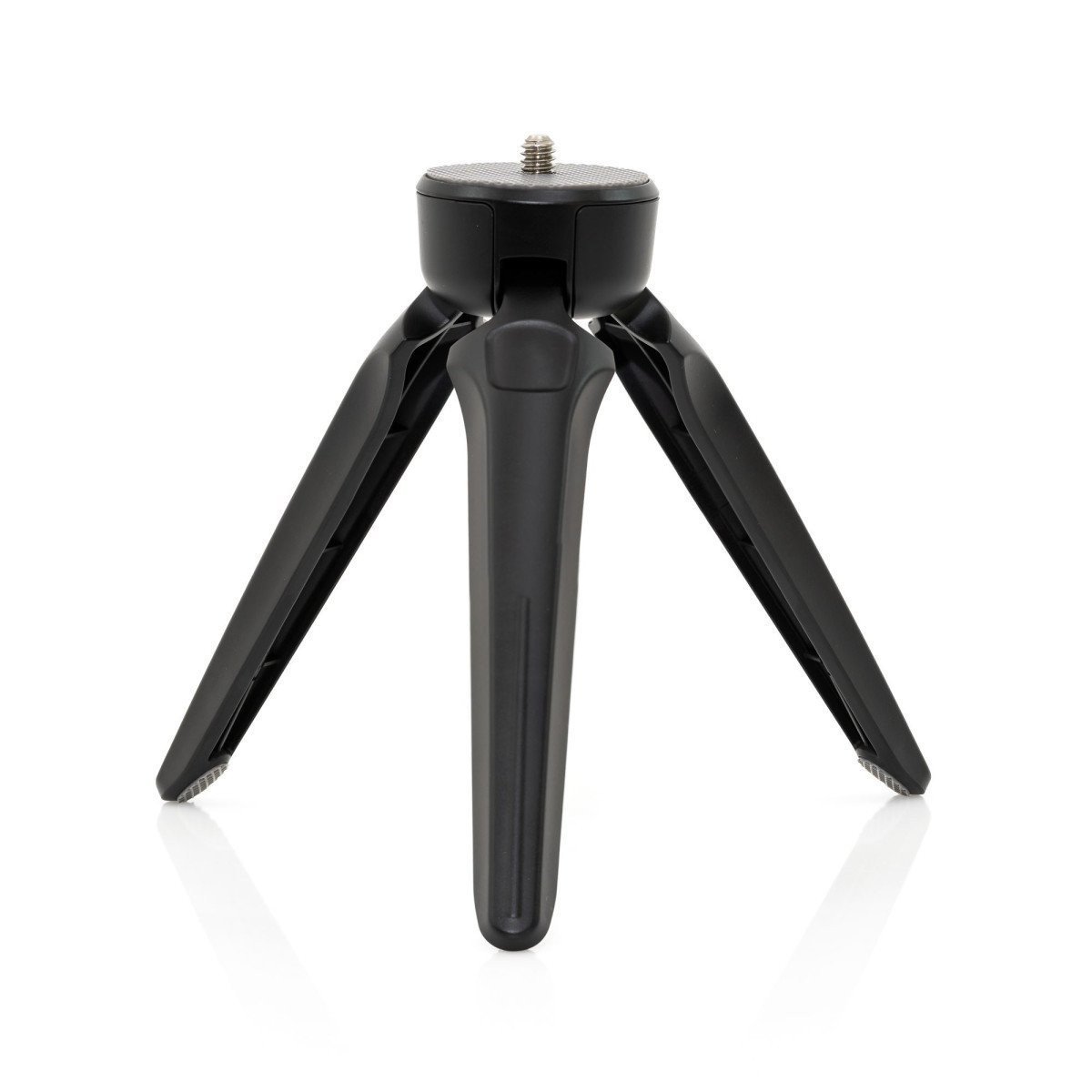Isn’t photography a magical thing? One quick shutter-click and bam – you’ve captured an instant, a feeling, an idea, cemented in place for eternity. I recall standing in the middle of a bustling market in Marrakech several years ago, fascinated as I watched vendors peddling their vibrant wares as if frozen in time. I held my camera up to capture the scene, but felt an undeniable tinge of disappointment – how could a static image possibly convey the whirl of sights and sounds engulfing me?
Fast forward to today, and we’re witnessing a noteworthy change. There’s a new kid on the photography block that’s been creating quite a stir – 360-degree photography. Did you know that it’s estimated there are around 135 billion photos on Facebook alone that utilize this technology? Talk about shaking things up!
Pushing Photography Boundaries with 360-degree Imaging
The birth of 360-degree photography is much like catching the eye of a fascinating stranger across a room. You don’t just see their face. You take in their shoes, the way they carry themselves, how they interact with the environment. And just like that, photography isn’t just about saying ‘cheese’ anymore. One neat twist of your high-speed photography gear, and you’re no longer merely giving folks a glimpse into your world – you’re inviting them in. But what exactly is 360-degree photography, and why’s it paving the way for a future quite unlike anything we’ve seen before?
Exploring the 360-degree Photography
Let me paint you a picture: imagine holding a magical sphere, like an enormous crystal ball, that can capture everything around it – from the richly colored sky overhead to the intricate patterns of the ground beneath your feet, and all the life and stories happening in between. That’s essentially what 360-degree photography is. It’s an art form that allows us to capture every angle in a single spherical image, offering an immersive blend of real-world reality with an added dash of digital wow factor.
It’s worth noting that 360-degree photography doesn’t just revolutionize how we capture images; it’s changing how we interact with them too. While traditional photography is a passive experience – you look, you ponder, you move on – 360-degree images are far more interactive. Swiping or clicking through these photos, exploring different angles, zooming in on hidden details, it’s a wholly engaging activity. You don’t just observe the story; you experience it. There’s a reason why it’s making waves in virtual tours, real estate, tourism and beyond. It’s more than a trend; it’s a shift in perspective – one where the viewer is placed smack dab in the center of the action.
The Future Beckons the 360-degree Fashion
So, is 360-degree photography the future? Well, as a photographer who constantly looks for ways to innovate and experiment, I can testify to what an exciting ride this new age technology is bringing us on. Exciting as the potential is, it’s important to remember that no matter how technologically advanced it gets, photography will always be about storytelling. Our challenge? To blend the immersive new world of 360-degree photography with the timeless romanticism of capturing the ‘decisive moment’.
Only time will tell how far this fascinating form of photography will take us, but one thing’s for certain: We’re no longer limited to the narrow field of our viewfinders. Yes, there are logistical challenges to tackle, like how to take a clear, unobstructed 360-degree shot in a crowded space, but isn’t that what makes photography exciting? There’s always something new to learn, a fresh challenge to overcome, an undiscovered perspective to unwrap.
As we step into the wide-open panorama of 360-degree technology, we’re not just taking photos anymore. We’re creating worlds, and every single part of those worlds is ours to explore. Here’s to the future – a future that’s spinning around us, daring us to keep up.


0 Comment